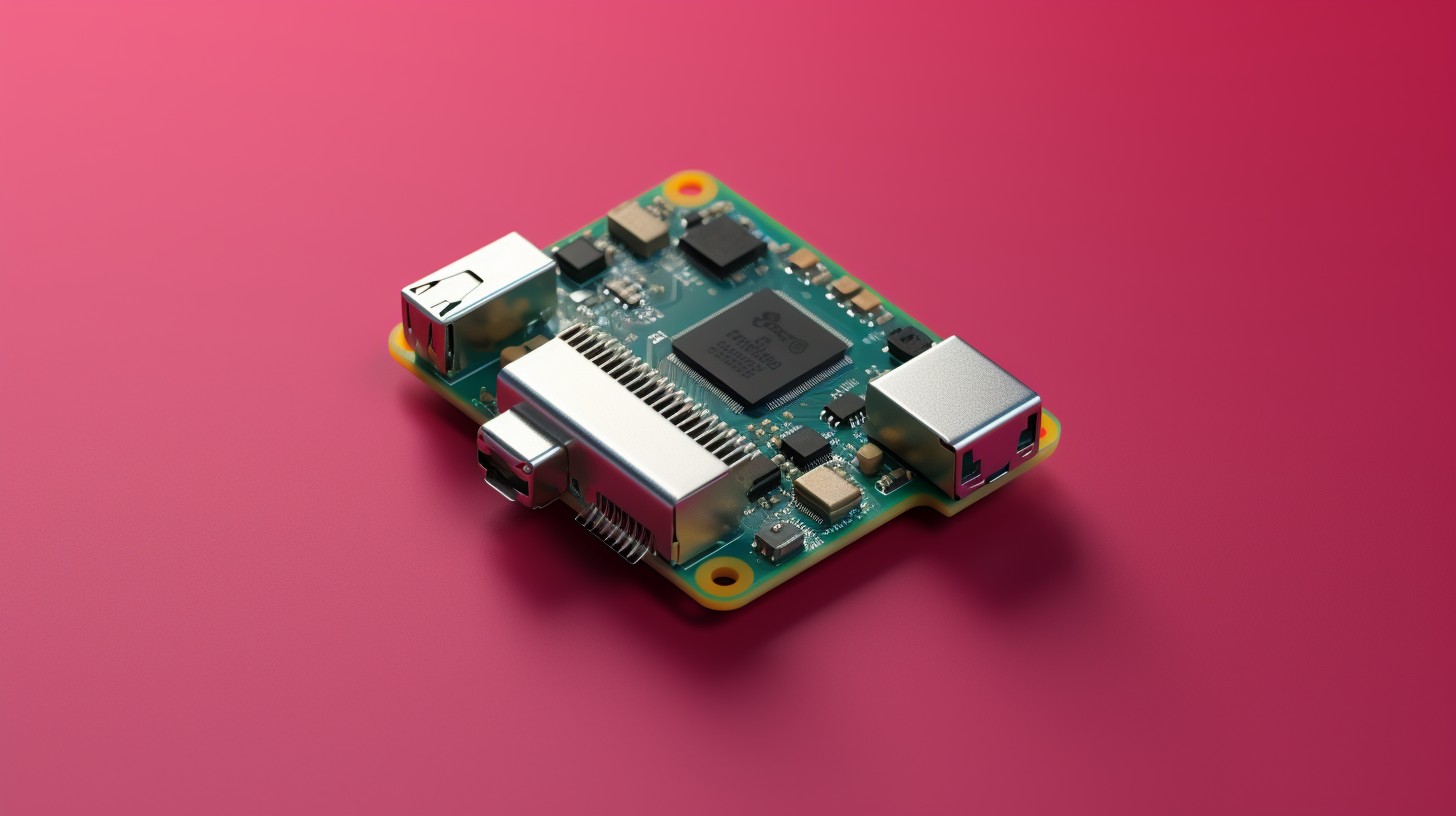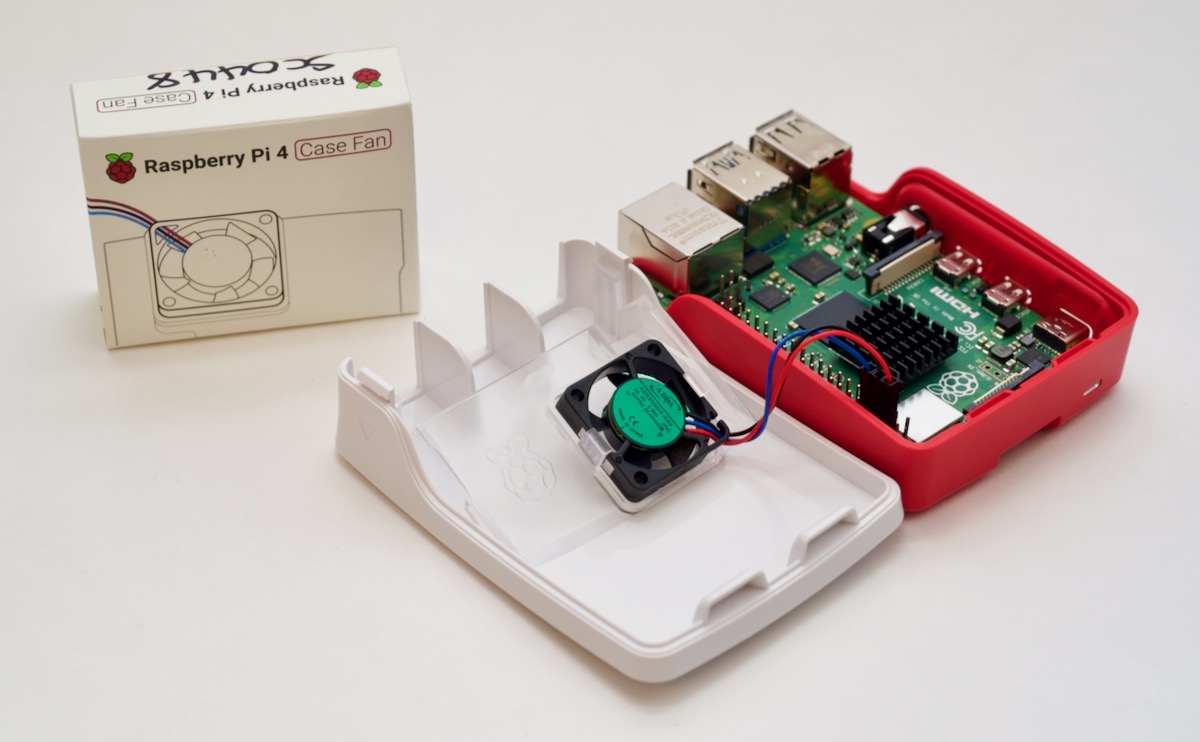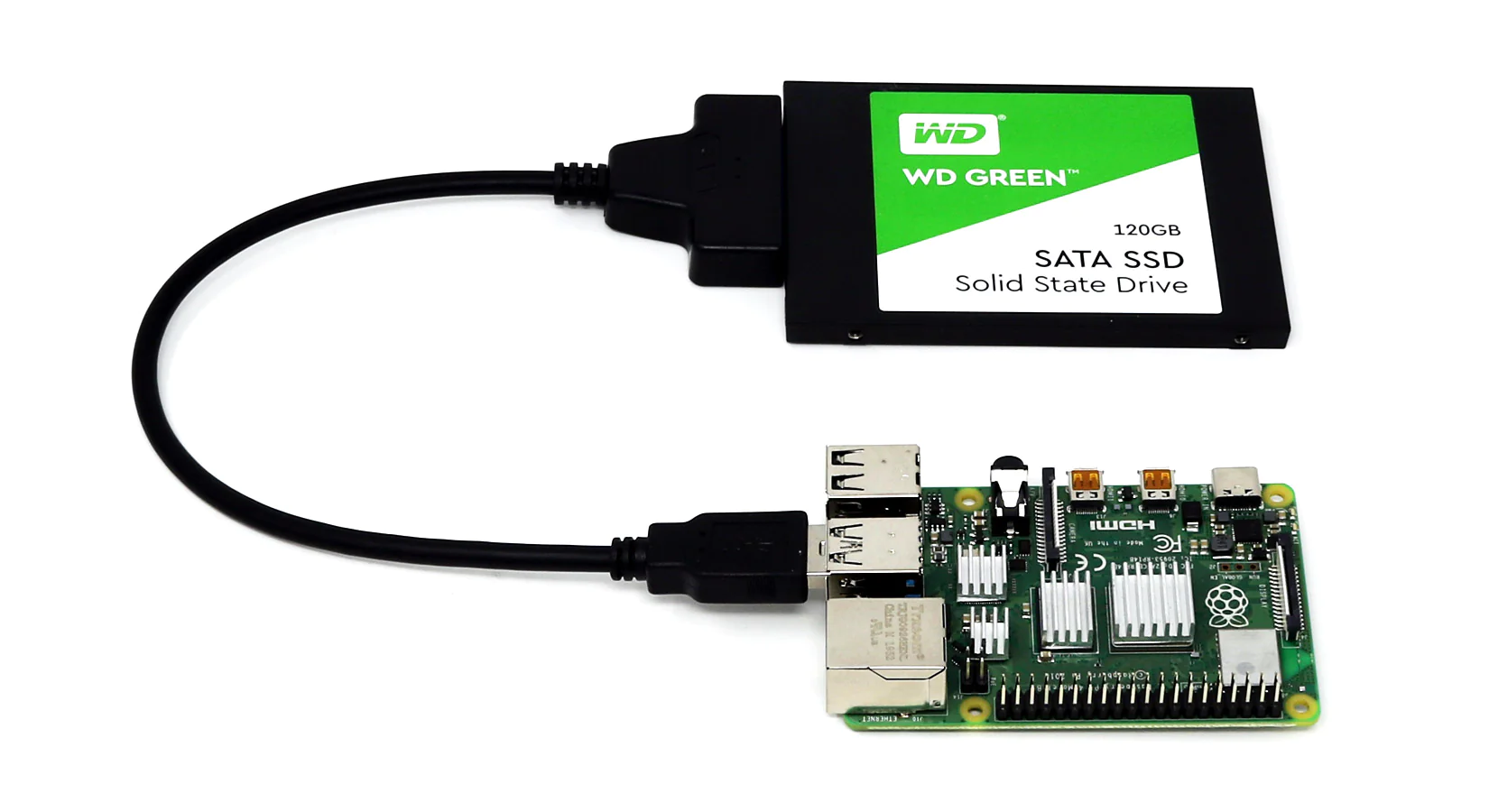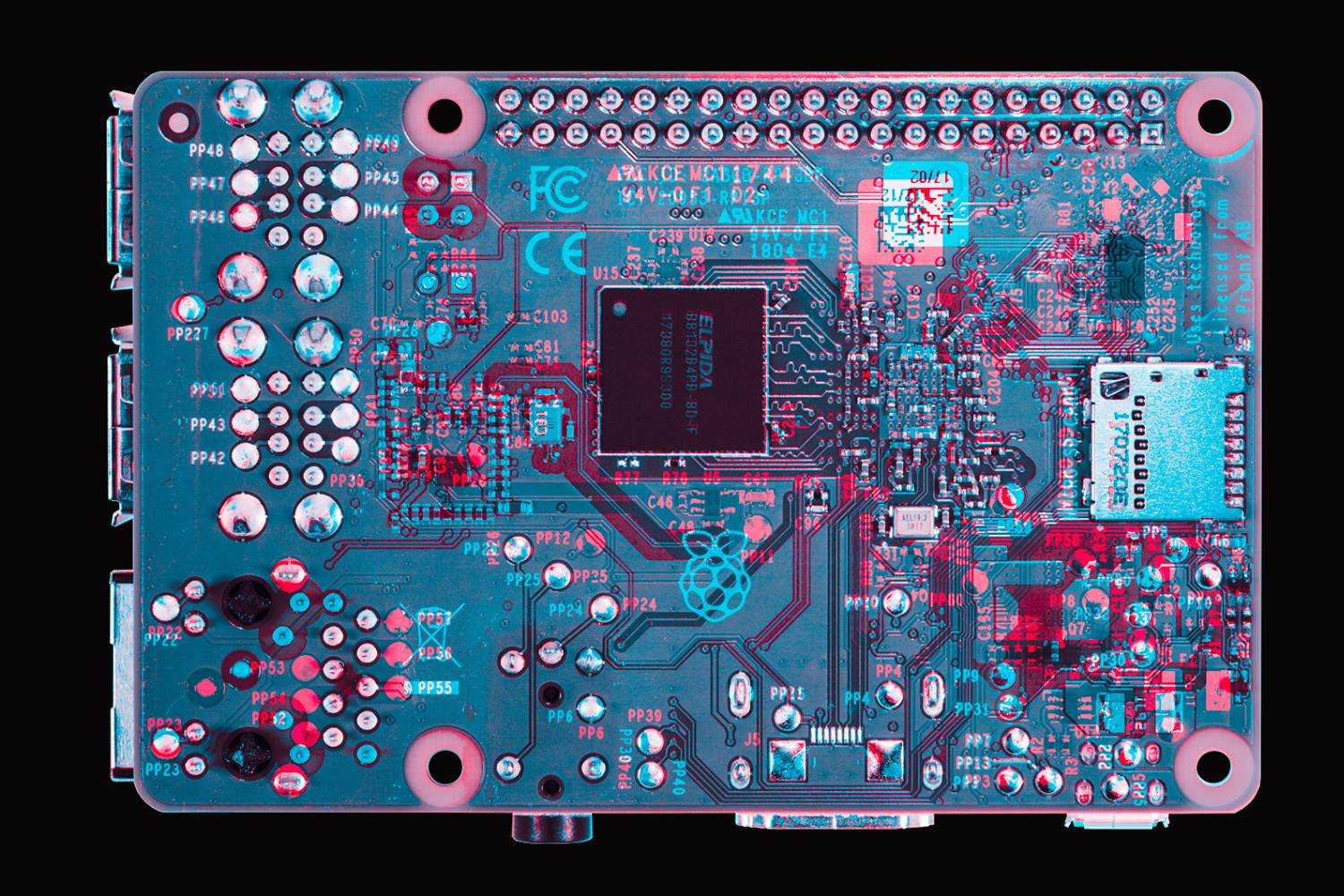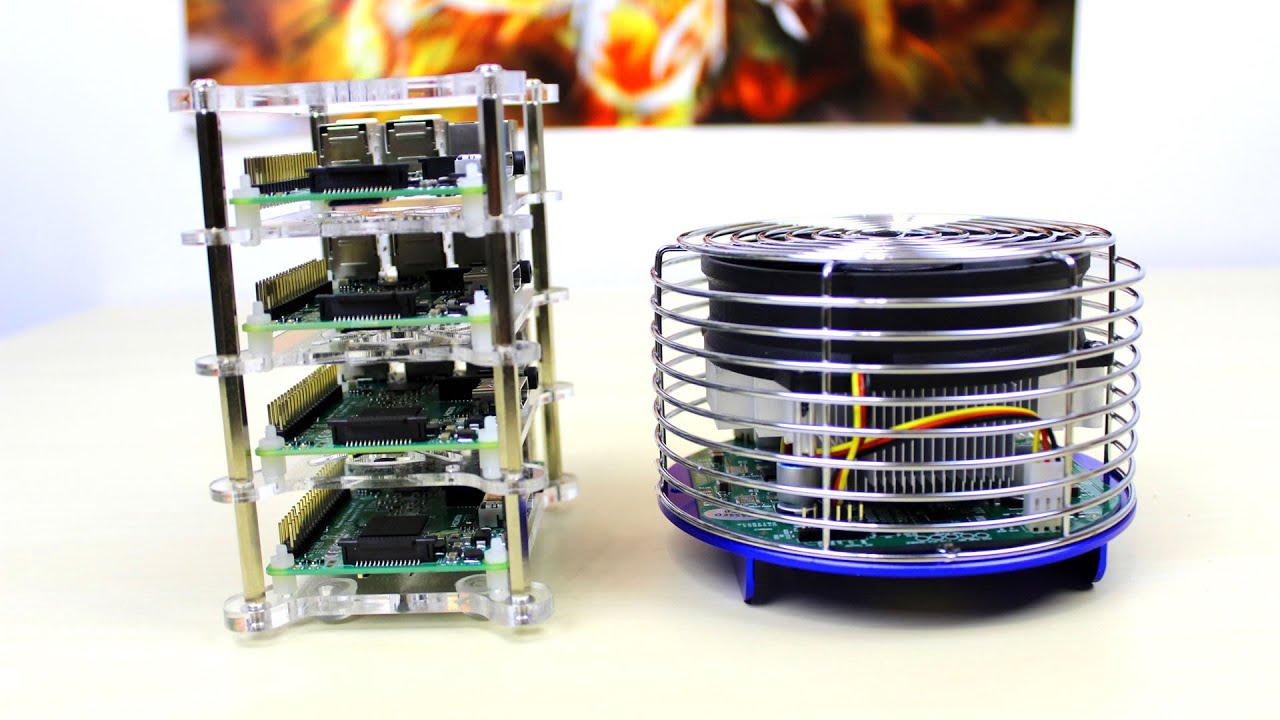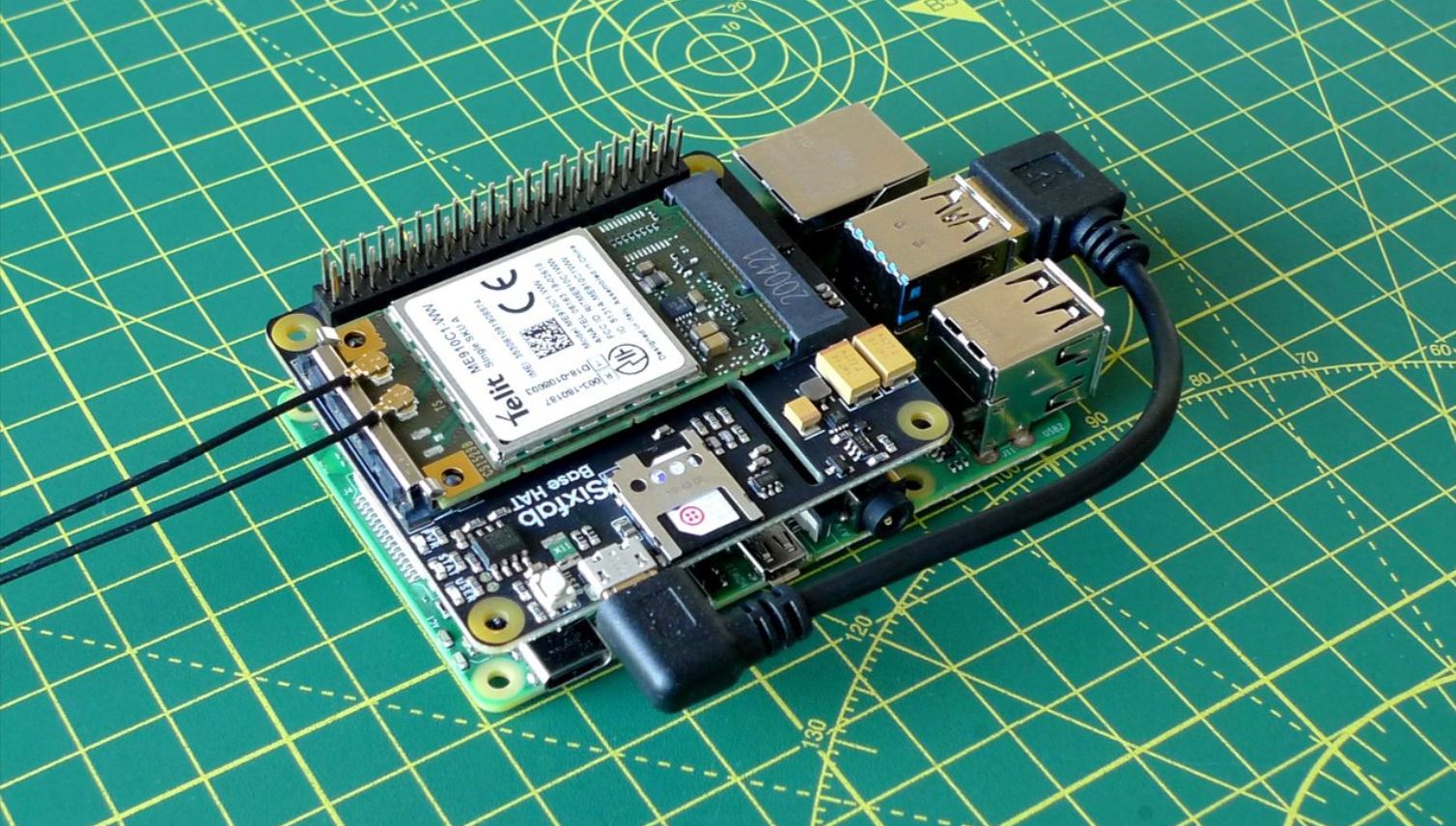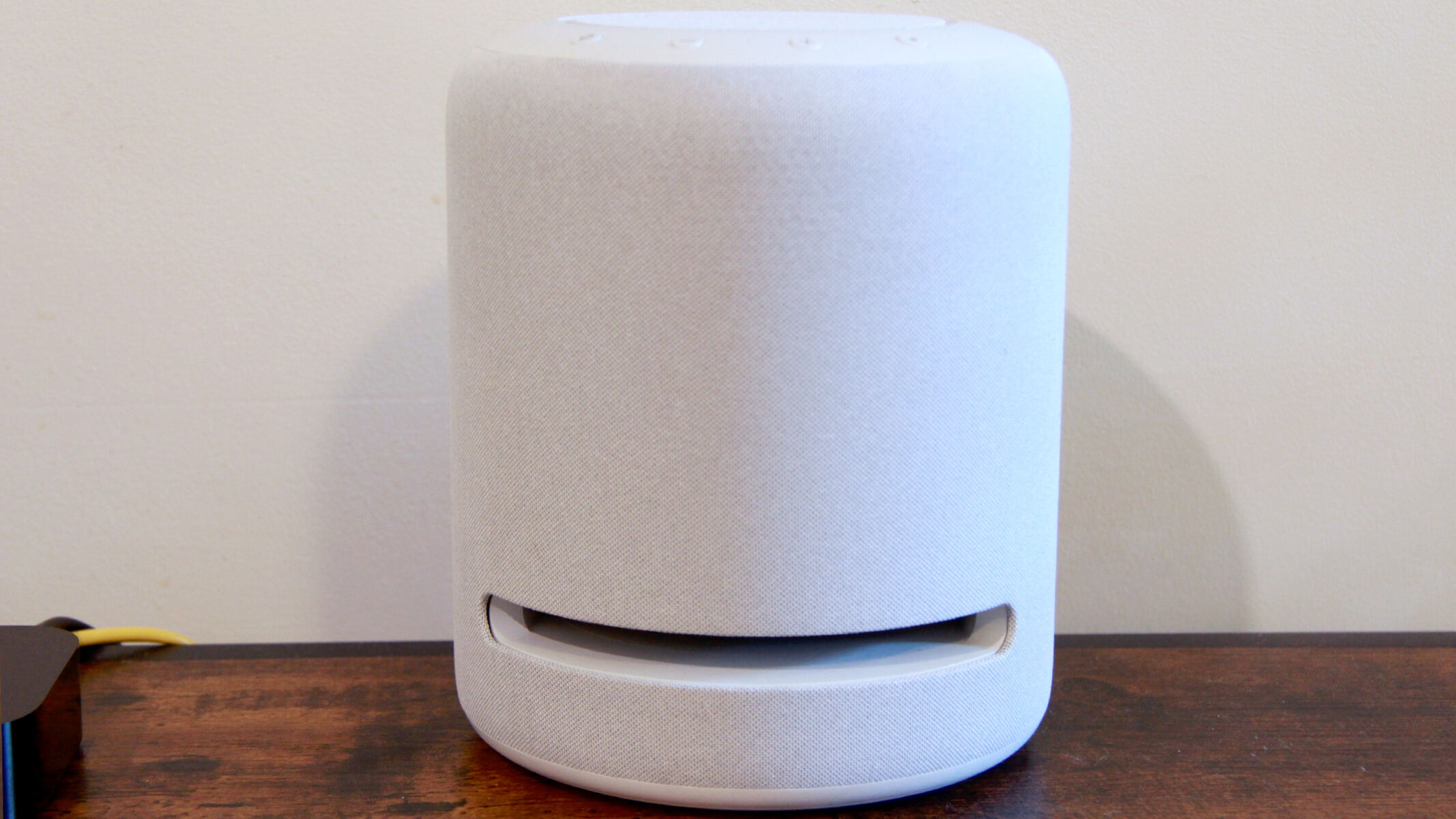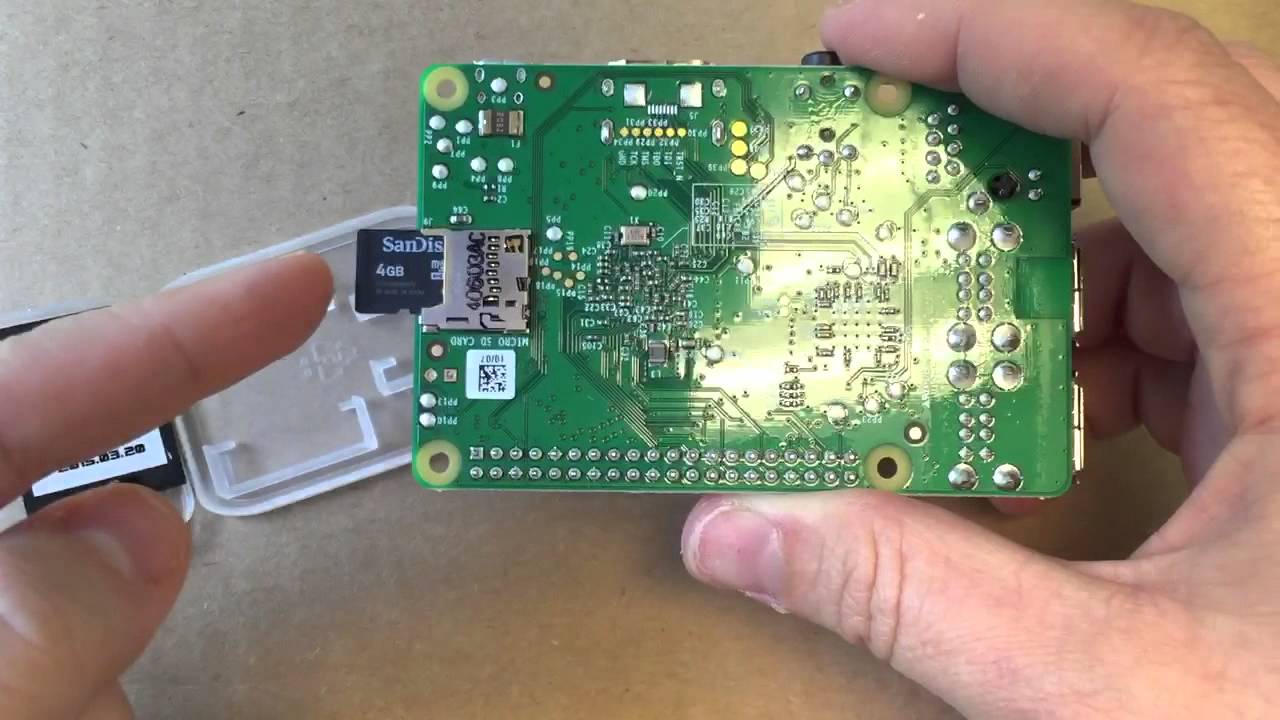Four years after the release of the Raspberry Pi 4, the Raspberry Pi team is back in action with their latest innovation: the Raspberry Pi 5. This small-but-mighty computer boasts improved specifications and even includes custom silicon. Let’s dive into the details of this impressive device.
Key Takeaway
The Raspberry Pi 5 offers improved specifications and introduces custom silicon for enhanced I/O capabilities. With its compact size and affordable price, the Raspberry Pi continues to be a popular choice for coding, networking, and various projects. The Raspberry Pi 5 is set to meet the demands of tech enthusiasts worldwide and is expected to be available for purchase before the end of October.
The Raspberry Pi Concept
The Raspberry Pi, introduced by the Raspberry Pi Foundation in 2012, is an affordable single-board computer that has captured the attention of tech enthusiasts worldwide. These compact devices are the size of a deck of cards and operate on Arm systems on a chip. Despite their small size, they offer all the features you would expect from a full-size computer, including USB ports, HDMI output, Ethernet connectivity, and more. With additional capabilities like Wi-Fi and Bluetooth support, the Raspberry Pi has become a popular tool for coding, networking, and various projects.
Introducing the Raspberry Pi 5
The Raspberry Pi 5 takes the capabilities of its predecessor to the next level. It is equipped with a 64-bit quad-core Arm Cortex-A76 processor running at 2.4GHz, featuring per-core L2 caches of 512KB and a shared L3 cache of 2MB. Just like the Raspberry Pi 4, it supports Wi-Fi 5 (802.11ac), Bluetooth 5.0, Bluetooth Low Energy, and Gigabit Ethernet.
With two micro-HDMI ports, the Raspberry Pi 5 allows users to connect two 4K displays with a 60Hz refresh rate and HDR support using a single device. It also features two full-size USB 3.0 ports with simultaneous 5Gbps transfer speeds, as well as two full-size USB 2.0 ports. The power port is now a USB-C port. Additionally, the Raspberry Pi team has introduced a new single-lane PCIe 2.0 interface, making it easier to add PCI Express peripherals. However, users will need a HAT extension or an adapter to take advantage of this new feature. Power-over-Ethernet is also supported through a separate HAT.
The Raspberry Pi 5 retains the familiar 40-pin header and MIPI camera/display ports. The microSD card slot performance has been doubled for enhanced storage capabilities. The Raspberry Pi 5 is available in two variants: one with 4GB of RAM priced at $60 and an 8GB version priced at $80.
Custom Silicon for Enhanced I/O Capabilities
An exciting development in the Raspberry Pi 5 is the use of custom silicon called the RP1. While the main system on a chip is still designed by Broadcom, the RP1 is a southbridge chip that handles I/O functions and replaces some of the functions previously handled by third-party I/O controllers. This new chip adds value by improving I/O capabilities, and it also replaces most of the analog components of the main SoC.
Meeting Demand and Ensuring Supply
The Raspberry Pi has experienced high demand since its introduction. To meet this demand, Raspberry Pi’s trading arm recently raised $45 million to invest in its supply chain and develop new products. The Raspberry Pi 5 will remain in production until 2035, ensuring that customers can continue to access this innovative device. Production of the Raspberry Pi 5 is expected to reach nearly one million units by Christmas, while the Raspberry Pi 4 will also remain in production.







